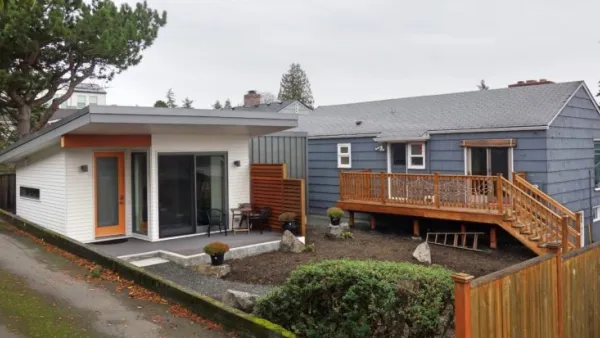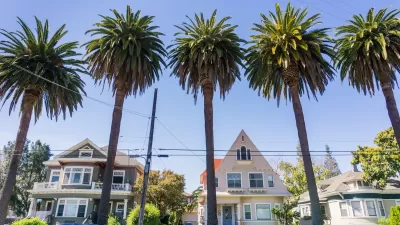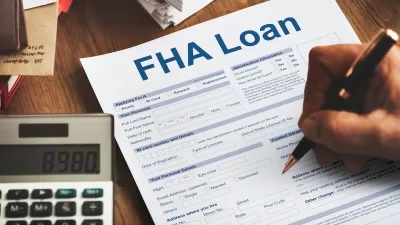A California law that allows the sale of ADUs as condos may soon make homeownership more attainable.
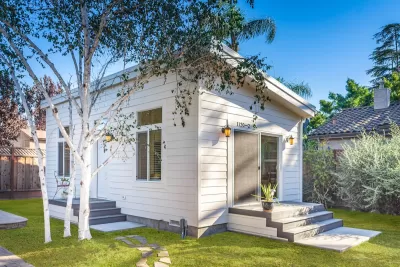
A California law may soon make homeownership more attainable for some Americans. AB-1033 permits California property owners to build and sell Accessory Dwelling Units (ADUs) as separate entities, much like condos, independent of the main house. This law offers homeowners more flexibility in developing their properties and creates much-needed housing in urban areas. San Jose recently became the first California city to allow the law to take effect, with Berkeley potentially following suit.
In July 2024, the median home price in San Jose reached $1,388,669, up 10.9 percent from the previous year, with a median price per square foot of $869. These figures are simply out of reach for most individuals or families in the U.S., where the median household income is $76,330. Early estimates suggest that a 1,000-square-foot ADU in San Jose could be priced as low as $500,000, making the price per square foot $500. This results in homes that, while not inexpensive, are more attainable for many. It could also increase the number of homes available for sale.
The ADU craze is already showing up in the state’s permit numbers. For example, ADU construction is outpacing single-family home construction in San Diego County, with a 21 percent increase in construction permits issued last year—the biggest building surge in 17 years. In San Jose, the model city for ADU sales, there were over 600 permit applications to build ADUs.
For homeowners, the investment usually pays off. For example, at California ADU builder Villa, prefabricated construction methods are used to efficiently build quality homes at a fraction of the cost of traditional stick builds. The base cost of the smallest home is just over $100,000, and most projects take less than a year from start to finish, depending on site conditions and any necessary groundwork prior to installation. They also handle the majority of construction offsite, minimizing disruption to the homeowner and their neighbors. In addition to future potential to sell these homes, homeowners can rent out their ADU, a practice permitted throughout the state. Similar to condominium developments, homeowners who build ADUs must notify local utility companies about the new unit's creation and its separate water, sewer, gas, and electric usage. Additionally, a homeowners association must be formed to manage dues for shared spaces, such as exterior areas or driveways.
Real estate agent Holly Barr noted in an NBC interview that ADUs could be the only path to homeownership in a high-cost housing market: “Teachers, firefighters, police officers, our service people, this is their foot in the door…There's always going to be sellers willing to make money, and if they want to stay in their house and sell part of their house to be able to stay in their house. I also think we're always going to find buyers who are going to want to buy something that's a little less expensive.”
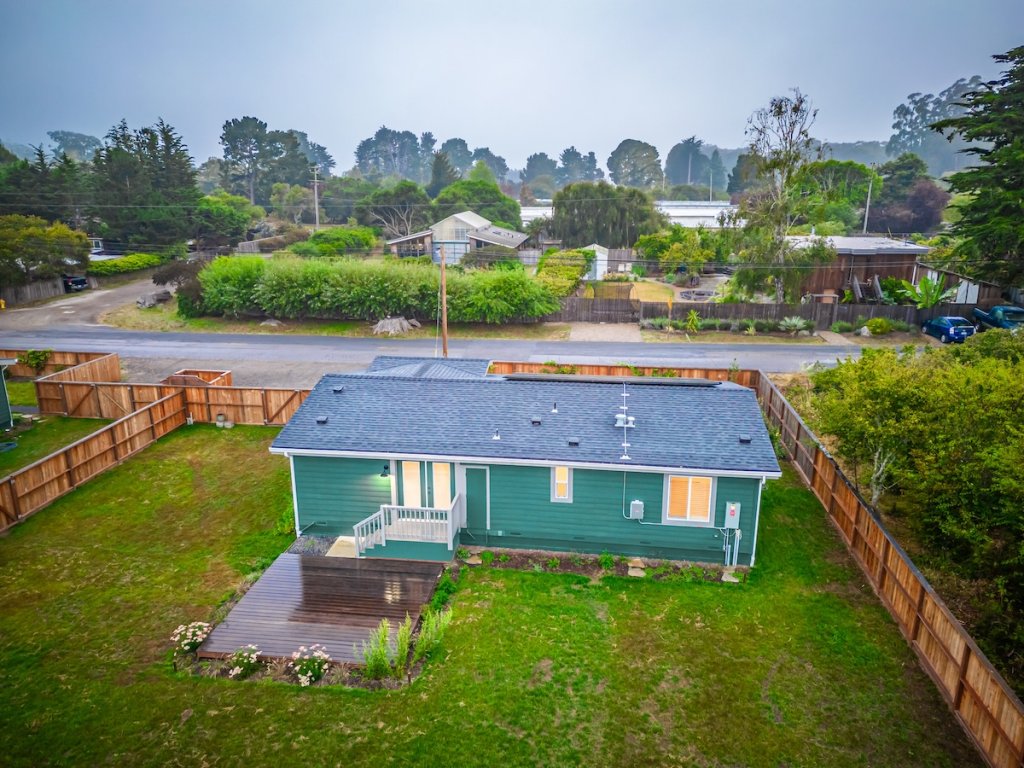
The new legislation could also help retirees remain in their communities as they age. An AARP survey found that 77 percent of adults wish to stay in their homes as they grow older. However, many seniors face challenges due to safety concerns, the need for home modifications, and rising living expenses. Of those surveyed, 60 percent were open to moving into an ADU as a means of maintaining independence while reducing housing costs. This law makes it easier for them to downsize by creating a retirement home on their existing property, allowing them to sell their primary residence while staying in the community as property owners.
Continued city funding and support for building ADUs could significantly impact both homeowners and future renters or buyers. By providing more resources and incentives, cities can help alleviate the housing shortage, create more affordable living options, and foster sustainable community growth. This support could also drive innovation in housing design and construction, making ADUs a more accessible and appealing option for a broader range of people. In turn, these efforts could strengthen neighborhoods by enabling more residents to remain close to family and familiar surroundings.
We are already witnessing cities across the country launch initiatives that support ADU construction. In lower-income neighborhoods, ADU owners are more likely to rent out their units, which helps create housing where it’s most needed and provides incremental revenue for homeowners. According to Planetizen, the 20 cities that added the most ADUs saw their housing stocks increase by 1.8 percent on average from 2018 to 2023, while the bottom 20 cities added only 0.5 percent in the same period.
While AB-1033 is designed to assist individuals, broader-impact legislation is also on the horizon. For example, California Senate Bill 684 simplifies the approval process for smaller home developments. This legislation allows builders to create infill housing on qualifying multifamily zoned lots, enabling the construction of up to 10 new homes on properties previously deemed unsuitable for subdivision or for-sale and for-rent housing. The law speeds up project approvals, often cutting the timeline from years to just a few months, and eliminates the need for multiple discretionary hearings. It also enables developers to achieve a reasonable financial return without relying on government subsidies. The result could be smaller homes on smaller lots, leading to more affordable housing options and addressing the “missing middle” in the housing market.
Legislation like AB-1033 and Senate Bill 684 will hopefully promote the development of smaller, more attainable homes that address the critical "missing middle" of the market. By leveraging these new opportunities, homeowners and developers alike can contribute to a more inclusive housing market, ensuring that more people — whether first-time buyers, renters, or retirees — can find a place to call home within their communities.
Jessica Brown is Marketing Manager for Villa Homes.

Planetizen Federal Action Tracker
A weekly monitor of how Trump’s orders and actions are impacting planners and planning in America.

Congressman Proposes Bill to Rename DC Metro “Trump Train”
The Make Autorail Great Again Act would withhold federal funding to the system until the Washington Metropolitan Area Transit Authority (WMATA), rebrands as the Washington Metropolitan Authority for Greater Access (WMAGA).

The Simple Legislative Tool Transforming Vacant Downtowns
In California, Michigan and Georgia, an easy win is bringing dollars — and delight — back to city centers.

Albuquerque’s Microtransit: A Planner’s Answer to Food Access Gaps
New microtransit vans in Albuquerque aim to close food access gaps by linking low-income areas to grocery stores, cutting travel times by 30 percent and offering planners a scalable model for equity-focused transit.

This City Will Pay You to Meet Your Neighbors
A North Kansas City grant program offers up to $400 for residents to throw neighborhood block parties.

Commentary: Our Silence Will Not Protect Us
Keeping our heads down and our language inoffensive is not the right response to the times we’re in. Solidarity and courage is.
Urban Design for Planners 1: Software Tools
This six-course series explores essential urban design concepts using open source software and equips planners with the tools they need to participate fully in the urban design process.
Planning for Universal Design
Learn the tools for implementing Universal Design in planning regulations.
Smith Gee Studio
City of Charlotte
City of Camden Redevelopment Agency
City of Astoria
Transportation Research & Education Center (TREC) at Portland State University
US High Speed Rail Association
City of Camden Redevelopment Agency
Municipality of Princeton (NJ)



























